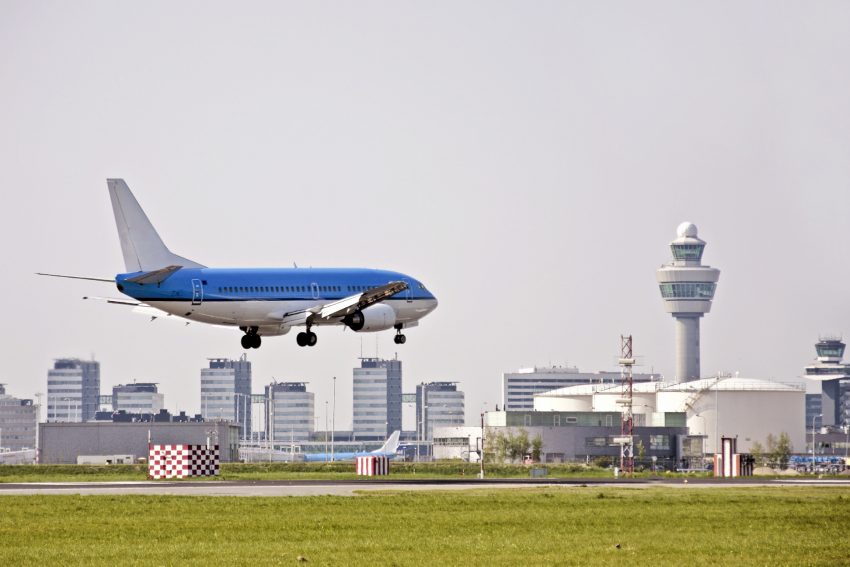Dutch airports have developed considerably over time. This development took place almost autonomously, as no mechanisms exist to balance traffic volumes among airports, routes or airspace strategically. Further independent development of these airports is expected to introduce bottlenecks in Dutch airspace soon. Redesigning Air Traffic Services (ATS) routes and sectors in congested airspace can increase capacity slightly but will quickly run into limitations. Could introducing a Multi-Airport Concept also help?
Multi-airport environment
Managing air traffic into multiple, nearby airports is regarded as a multi-airport environment. In Western Europe diverse examples can be found, with the London area and its six significant airports clearly standing out. In the London area traffic is largely segregated by airspace and route design, showing limited interaction between traffic. Inspired by the latest technological enablers and with a focus on traffic flows rather than airspace or routes, To70 studied the Multi-Airport Concept for The Netherlands covering Schiphol, Eindhoven, Rotterdam and foreseen Lelystad airports.
Coordinated, strategic airport slot allocation
Large demand and capacity imbalances are shown to be the consequence of the airport slot allocation matching the airport capacities but altogether exceeding the declared capacity in Dutch airspace frequently. Coordinated, strategic airport slot allocation for the airports involved could effectively prevent synchronous traffic peaks and could lead to a more balanced distribution of traffic in airspace, hence improving flight efficiency and predictability.
Regional Air Traffic Flow and Capacity Management
Disruptions can happen either due to predictable events like military exercises or unpredictable events like weather. In the relatively small Dutch airspace, they are rarely limited to a single airport. There is a need for enhanced collaborative decision making to anticipate on regional ATS prior to the day of operations. For these reasons, a regional – national in the case of the Netherlands – Air Traffic Flow and Capacity Management (ATFCM) entity is vital to anticipate predicted events and respond to unpredicted ones in the region. This entity could effectively assess impact on traffic flows, airport and airspace capacity and coordinate ATFCM measures with the EUROCONTROL Network Manager, adjacent ATS centres and airspace users.
Traffic synchronisation
The traffic volume is not the only factor determining airspace capacity; the complexity of the route structure and variety of traffic also contributes. Traffic bunches in airspace strongly increase workload in the ATS sectors. If this happens when traffic flows converge, spontaneous overload situations can occur. Traffic synchronisation in the multi-airport environment could ease congestion in airspace, reduce workload and potentially bring down buffer capacities. The departure metering concept, providing small ground delay to departing traffic to smoothen the flows, has been demonstrated successfully in the London area. Arriving traffic flows into the multi-airport environment can likewise be synchronised such that they do not conflict in the ATS sectors and at the same time not compromise throughput at the largest airport Schiphol. For this purpose a Centre Manager (CMAN) as an additional component to the airport’s Arrival Managers (AMAN) is developed. Airport-Collaborative Decision Making (A-CDM) and AMAN are prerequisites for traffic synchronisation, placing demands to develop capabilities on the regional airports.
In 2020 To70 elaborated the Multi-Airport Concept for Knowledge and Development Centre Schiphol (KDC) and recommended measures that could improve the management of traffic flows in the Dutch airspace after 2023. Read the report here. Important elements of the Multi-Airport Concept have since been adapted in the proposed operational concept of Dutch airspace.
For more information, get in touch with Tom Verboon.

